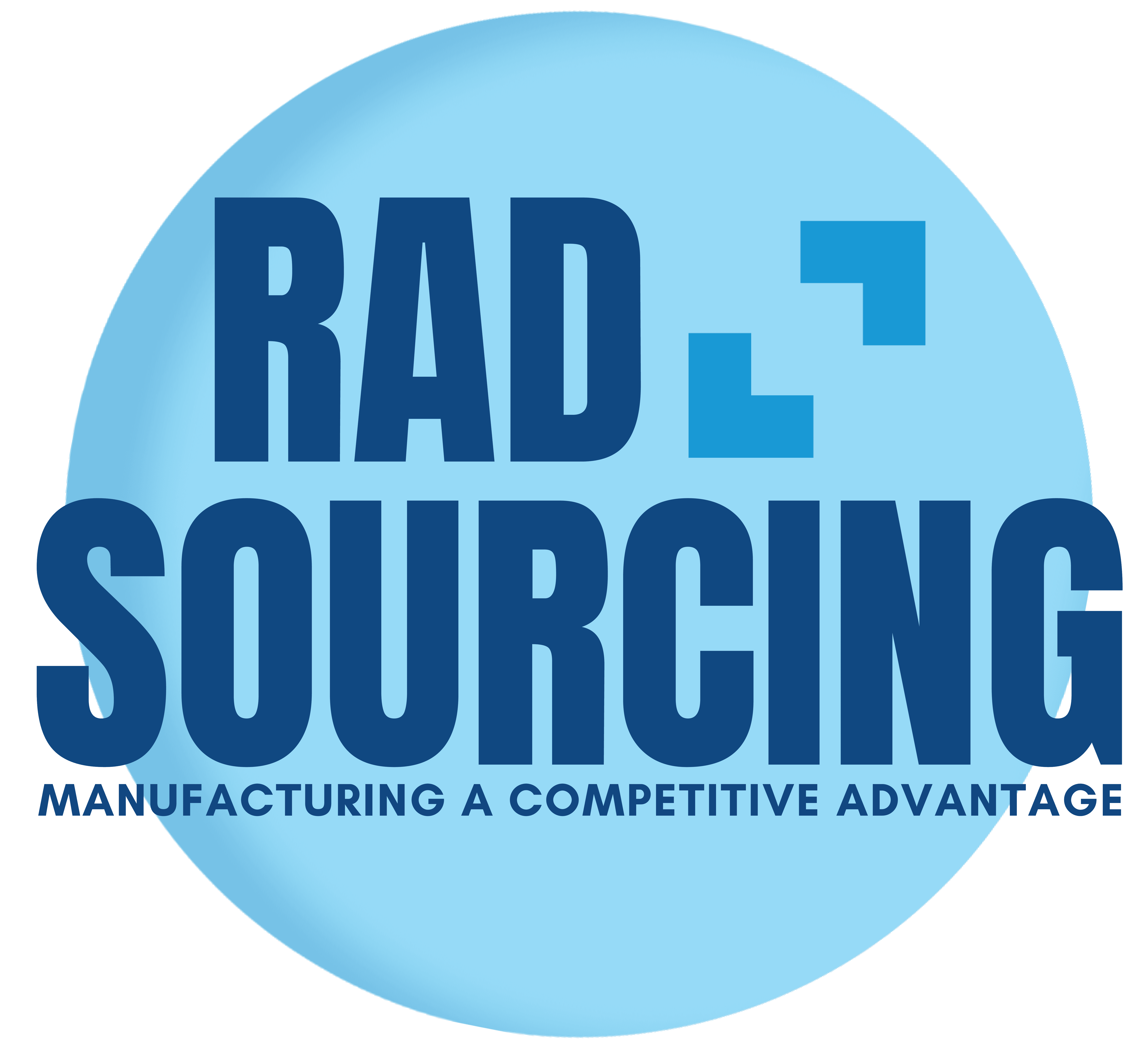One of the most common questions we get from brands starting their manufacturing journey is: “Do I really need a tech pack?” The short answer? Yes.
At Rad Sourcing, we’ve seen firsthand how a well-prepared tech pack can mean the difference between a smooth production process and costly mistakes. Whether you’re launching a new line or working with a new factory, having a detailed tech pack ensures that your designs are executed exactly as intended.
Let’s break down what a tech pack is, why it’s essential, and how it can save you time and money.
What Is a Tech Pack?
A tech pack (short for “technical package”) is a document that contains all the essential information a manufacturer needs to produce your garment correctly. Think of it as a blueprint for your clothing line.
A complete tech pack typically includes:
✔ Flat sketches & technical drawings – Clear, detailed visuals of your garment from all angles.
✔ Fabric & trim specifications – Exact materials, weights, and colors to be used.
✔ Measurement charts & grading – Sizing details for different fits and body types.
✔ Stitching & construction details – Specific instructions on seams, labels, and finishing touches.
✔ Pantone colors & print artwork – Ensuring color accuracy across production.

Why Is a Tech Pack So Important?
Many brands think they can skip this step, especially when working with a factory that has experience. But here’s why we always recommend having a tech pack before production starts:
1. Prevents Miscommunication with the Factory
Factories aren’t mind readers. If your design specs aren’t crystal clear, there’s a high risk of errors, delays, and wasted materials.
We once worked with a client who provided only a rough sketch and fabric swatch for a hoodie. The factory misinterpreted the fit, leading to samples that were two sizes off. Had they provided a tech pack with precise measurements and fabric details, the mistake (and wasted time) could have been avoided.
💡 Tip: Even if you’re working with an experienced factory, never assume they’ll get every detail right without proper documentation. Plus you cant blame them doing something wrong if they weren’t told how you wanted it done.

2. Saves You Time & Money
Mistakes in production cost money. Without a tech pack, you’ll likely go through multiple sample revisions, each adding to production delays and expenses.
By investing in a solid tech pack upfront, you cut down on errors and unnecessary revisions. This is especially important if you’re producing overseas, where time zones and language barriers can make communication tricky.
3. Helps Maintain Quality & Consistency
If you plan on scaling your brand or working with multiple factories, a tech pack ensures every unit produced meets the same quality standards. Without one, your second production run might look different from the first—leading to unhappy customers.
4. Essential for Pricing & Production Planning
Factories use tech packs to accurately quote costs and assess production feasibility. If your tech pack is incomplete, expect vague pricing or unexpected cost increases later.
💡 Tip: Before negotiating with a manufacturer, ensure you have a detailed tech pack. This gives you better control over pricing and production expectations.
How to Create a Tech Pack (Without Overcomplicating It)
If you’re not a designer, don’t worry—you don’t have to create a tech pack from scratch. Here’s what we recommend:
- Use a professional template – There are tech pack templates available online, or you can work with an expert.
- Work with a technical designer – If you’re serious about quality, invest in a professional who can create a detailed and accurate tech pack.
- Ask your factory what they need – Some manufacturers have their own preferred tech pack format, so clarify their requirements upfront.
At Rad Sourcing, we help brands develop precise, factory-ready tech packs to streamline their production process.

Final Thoughts: Don’t Skip the Tech Pack
A tech pack isn’t just a formality—it’s a critical tool for ensuring your apparel is made correctly, efficiently, and at the right cost. Brands that skip this step often pay the price in production headaches and wasted resources.
If you need help creating a tech pack that manufacturers can actually use, Rad Sourcing has you covered. We can help you develop clear, professional tech packs that ensure smooth production.
💬 Ready to take the next step? Contact us at www.radsourcing.com and let’s make your designs production-ready!
